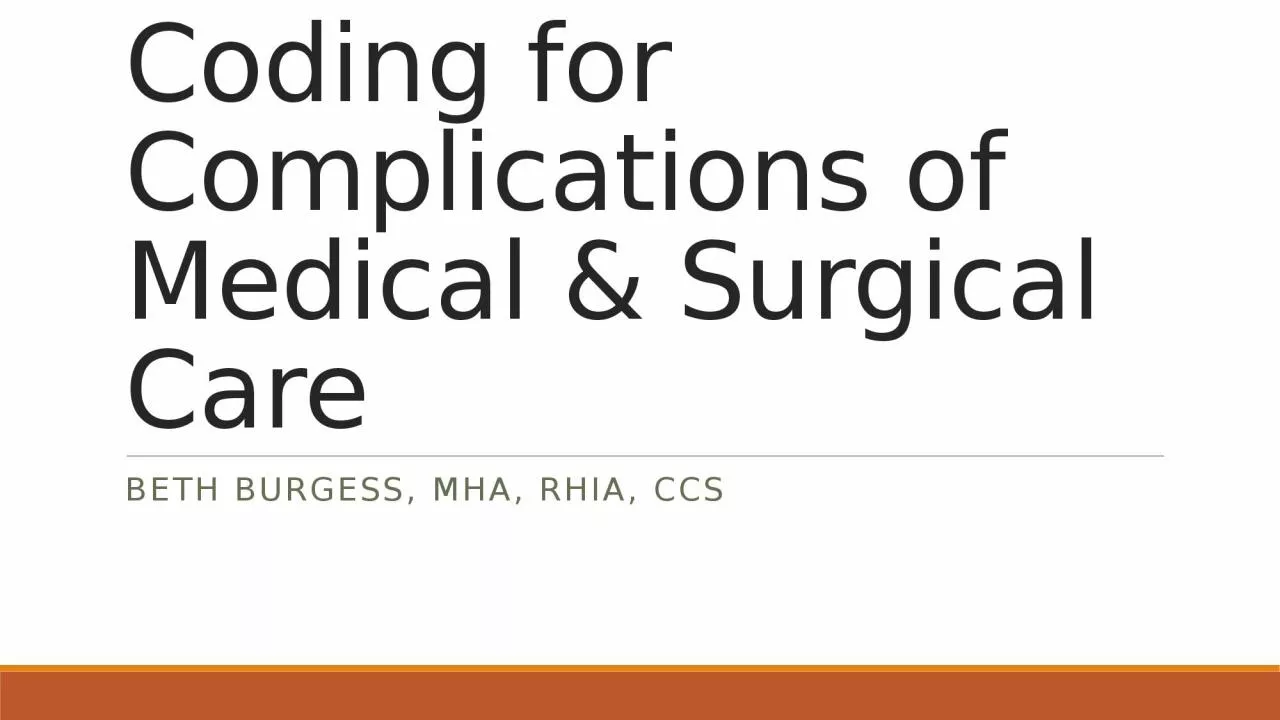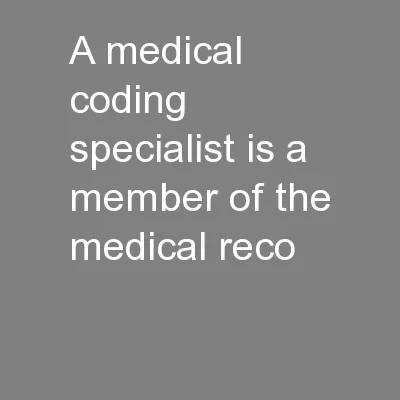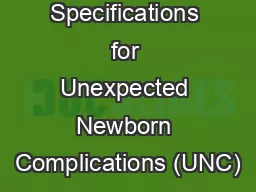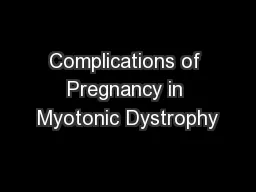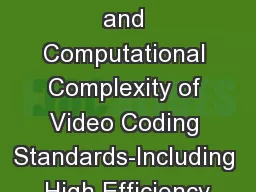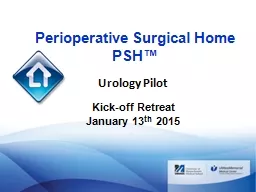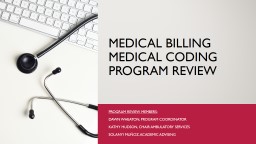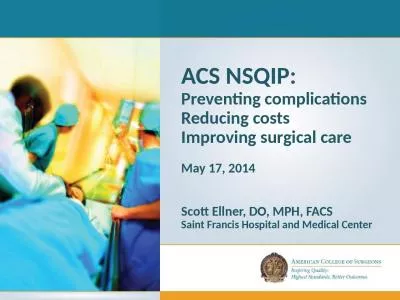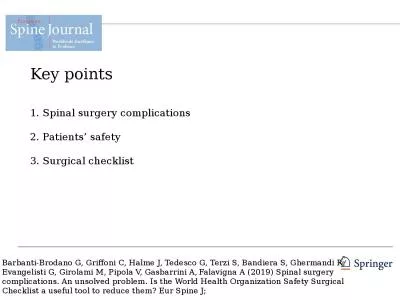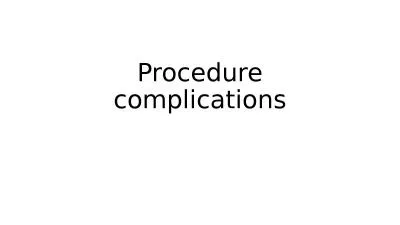PPT-Coding for Complications of Medical & Surgical Care
Author : summer | Published Date : 2024-02-03
Beth Burgess MHA RHIA CCS Documentation of Complications of Care Official Coding Guidelines Section IB16 Code assignment is based on the providers documentation
Presentation Embed Code
Download Presentation
Download Presentation The PPT/PDF document "Coding for Complications of Medical &..." is the property of its rightful owner. Permission is granted to download and print the materials on this website for personal, non-commercial use only, and to display it on your personal computer provided you do not modify the materials and that you retain all copyright notices contained in the materials. By downloading content from our website, you accept the terms of this agreement.
Coding for Complications of Medical & Surgical Care: Transcript
Download Rules Of Document
"Coding for Complications of Medical & Surgical Care"The content belongs to its owner. You may download and print it for personal use, without modification, and keep all copyright notices. By downloading, you agree to these terms.
Related Documents

